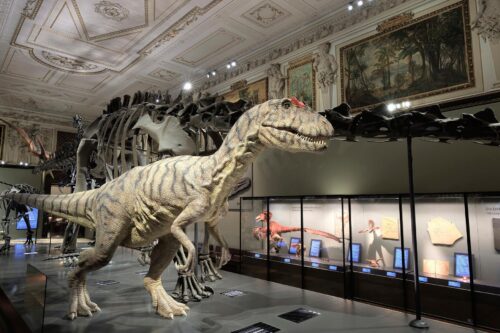Naturhistorisches Museum
Naturhistorisches Museum is a marvelous Natural history museum that is the twin counterpart of the Kunsthistorische Museum. After exiting the Kunsthistorische Museum one can wander around the royal gardens of the Maria Theresa Square with its series of monumental fountains & the 19-meter-tall monument depicting the Empress & four of her generals at the center of the square.
The twin building facing the Kunsthistorische Museum to the west side of the square is the architectural mirror image of the Kunsthistorische Museum, the Naturhistorisches (Natural History) Museum. The two neo-Renaissance buildings are near identical, except for the statuary on their facades. The Kunsthistorische facade features famous European artists while the Naturhistorisches Museum has statues depicting personifications of the various continents known to Austrian science at the time.
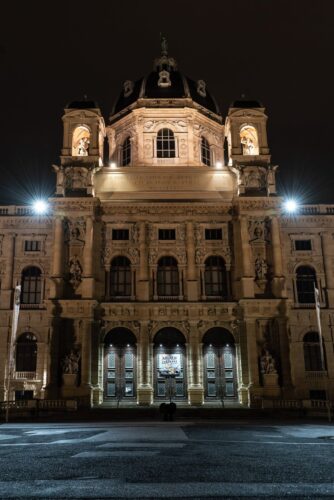
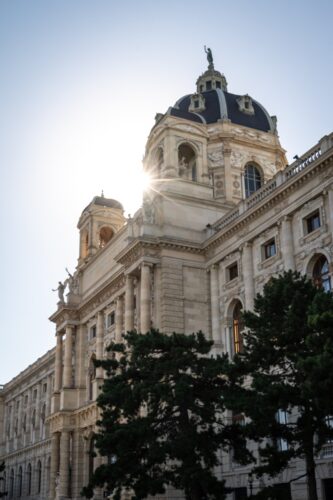

Vienna’s Museum of Natural history (Naturhistorisches Museum) holds a collection of more than 20 million objects that bear witnesses of the breathtaking natural history of the earth, from insects to gemstones and minerals to pterodactyls, the Habsburgs united everything under the roof of this museum near the Imperial Palace.
Numerous taxidermy specimens of animals that are either extinct or threatened with extinction make the collection all the more valuable. The museum also tells the story of Venus of Willendorf, the female statuette found in a village in Lower Austria that has been dated to come from the early beginnings of human civilization.
Other highlights of the museum include the prehistoric stone figure, named after the place in the Wachau valley where it was found and the skeleton cast of a Diplodocus dinosaur. The Dinosaur Hall, which was redesigned in 2011, is full of the skeletons and remains of gigantic prehistoric animals, as well as a realistic allosaurus, which moves and gives out a terrifying roar.
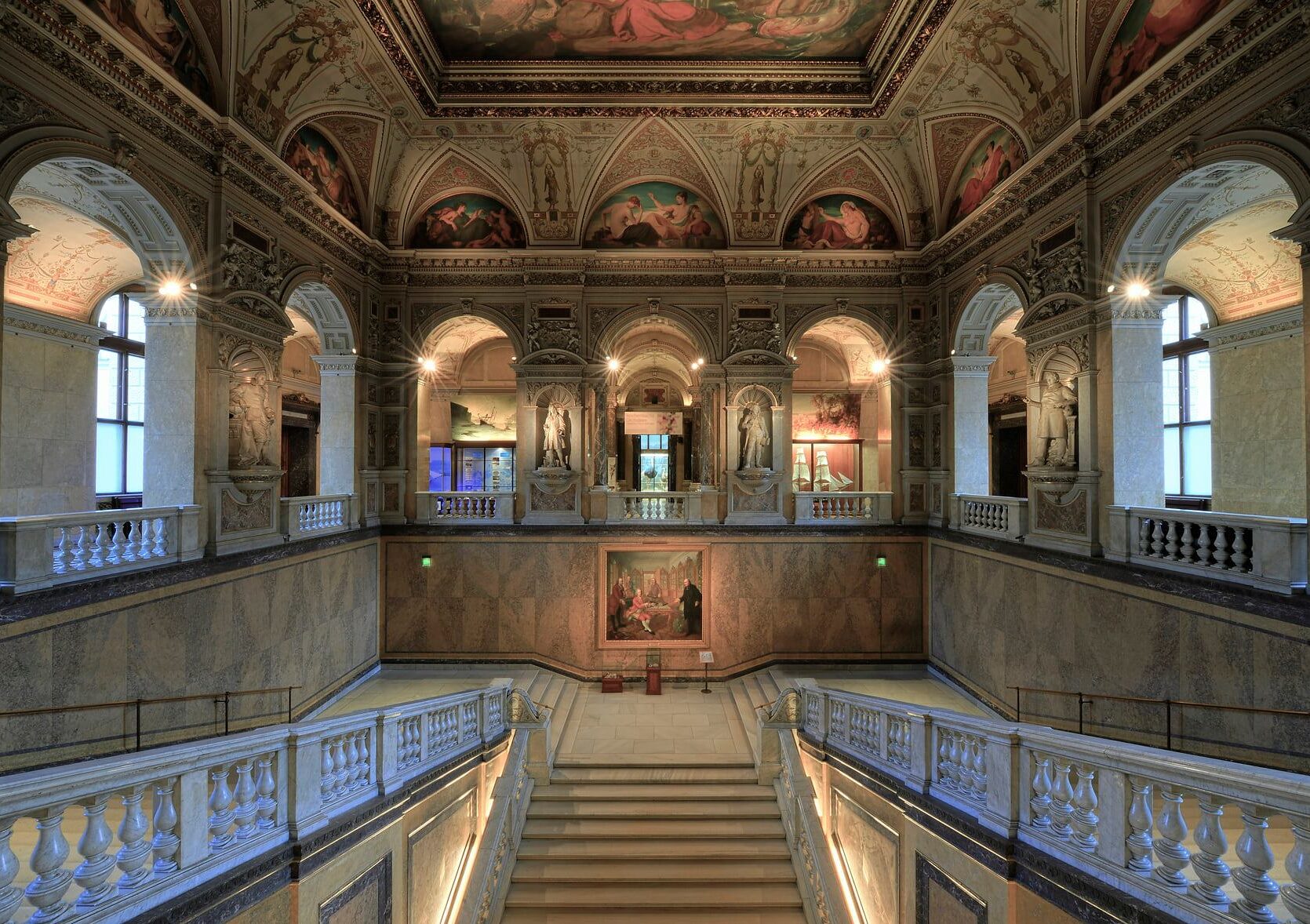
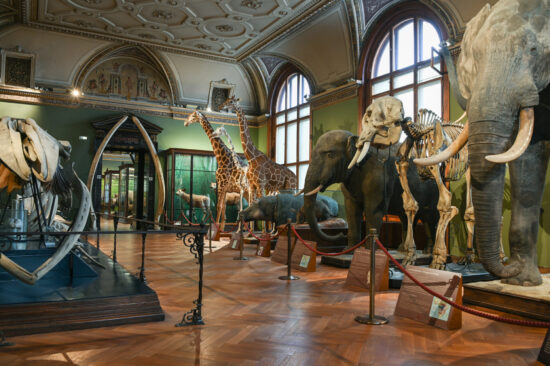
The model was built for the Museum of Natural History based on the latest scientific findings. The world’s first life-size model of a terror bird in its original size, along with new exhibits of a fascinating horned dinosaur skull, complement the impressive permanent collection.
The Gem Hall of the museum shines with its giant topaz (117 kilograms) and the jewel bouquet of Maria Theresia. During a guided tour one can enjoy a unique view of the old city of Vienna from the roof of the museum.
It is also possible to marvel at the world’s biggest and oldest collection of meteorites in the reopened November 2012, meteorite room, 1,100 rocks that have “fallen from the skies”. With the aid of a simulator, the powerful meteorite impact can be shown on a 3D screen. More

